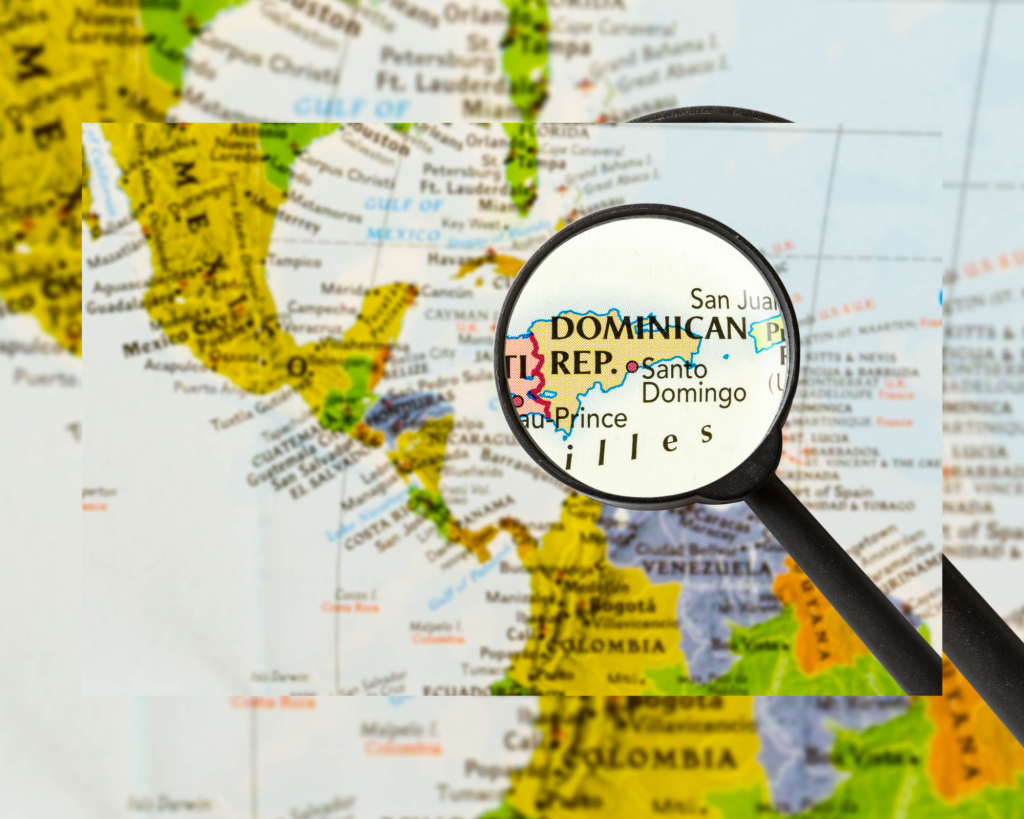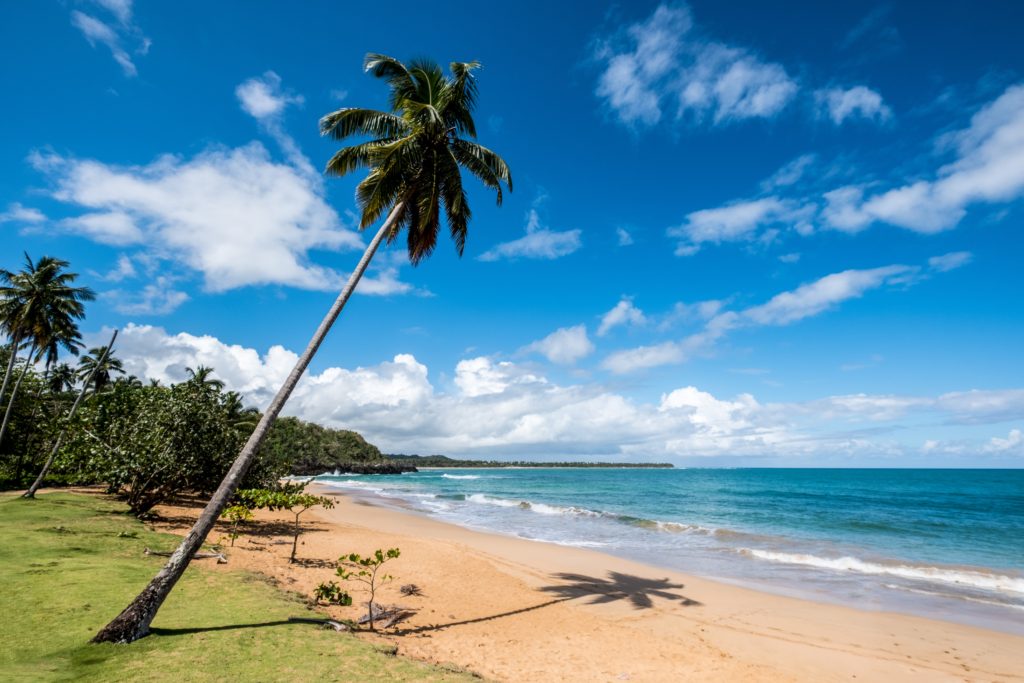Dominican Republic And The Dream Islands

Our first tropical vacation was in the Dominican Republic, and the 8 hour flight was definitely worth it! Ever since you arrived at the airport which is covered just like tropical huts, you start to enjoy the wonderful weather and all that this country has to offer. We visited the wonderful islands of Catalina and Saona, we participated in a Boogies tour, we enjoyed the capital Santo Domingo and we went to the Imagine club, which is made in a bat cave. But that’s not all! Find out more about our adventures in the Dominican Republic from the article made especially for you!
The Dominican Republic is a country located on the island of Hispaniola in the Greater Antilles archipelago of the Caribbean region. It occupies the eastern five-eighths of the island, which it shares with Haiti,[16][17] making Hispaniola one of only two Caribbean islands, along with Saint Martin, that is shared by two sovereign states. The Dominican Republic is the second-largest nation in the Antilles by area (after Cuba) at 48,671 square kilometers (18,792 sq mi), and third-largest by population, with approximately 10.7 million people (2022 est.), down from 10.8 million in 2020, of whom approximately 3.3 million live in the metropolitan area of Santo Domingo, the capital city. The official language of the country is Spanish.
The Dominican Republic has the largest economy (according to the U.S. State Department and the World Bank) in the Caribbean and Central American region and is the seventh-largest economy in Latin America. Over the last 25 years, the Dominican Republic has had the fastest-growing economy in the Western Hemisphere – with an average real GDP growth rate of 5.3% between 1992 and 2018. GDP growth in 2014 and 2015 reached 7.3 and 7.0%, respectively, the highest in the Western Hemisphere. In the first half of 2016, the Dominican economy grew 7.4% continuing its trend of rapid economic growth.
The island has an average temperature of 26 °C (78.8 °F) and great climatic and biological diversity. The country is also the site of the first cathedral, castle, monastery, and fortress built in the Americas, located in Santo Domingo’s Colonial Zone, a World Heritage Site. The Dominican Republic is highly vulnerable to natural disasters.
dominican republic on maps

Subscribe to our newsletter
Recent growth has been driven by construction, manufacturing, tourism, and mining. The country is the site of the third largest gold mine in the world, the Pueblo Viejo mine. Private consumption has been strong, as a result of low inflation (under 1% on average in 2015), job creation, and a high level of remittances. Income inequality, for generations an unsolved issue, has faded thanks to its rapid economic growth and now the Dominican Republic exhibits a Gini coefficient of 39, similar to that of Israel and Uruguay, and better than countries like the United States, Costa Rica or Chile. Illegal Immigration from Haiti has resulted in government action. Immigration from Haiti has increased tensions between Dominicans and Haitians.
The Dominican Republic is also home to 114,050 illegal immigrants from Venezuela. According to the UN, the country struggles with systemic racism and discrimination based on race, mostly targeted towards people of Haitian origin. The Dominican Republic is the most visited destination in the Caribbean. The year-round golf courses are major attractions. A geographically diverse nation, the Dominican Republic is home to both the Caribbean’s tallest mountain peak, Pico Duarte, and the Caribbean’s largest lake and lowest point, Lake Enriquillo.
The Dominican Republic has a tropical rainforest climate[149] in the coastal and lowland areas. Some areas, such as most of the Cibao region, have a tropical savanna climate. Due to its diverse topography, Dominican Republic’s climate shows considerable variation over short distances and is the most varied of all the Antilles.

